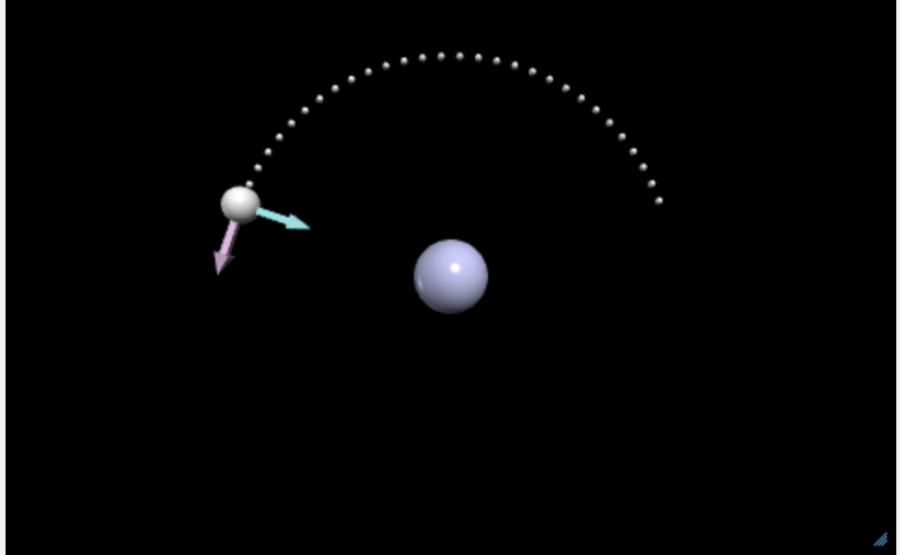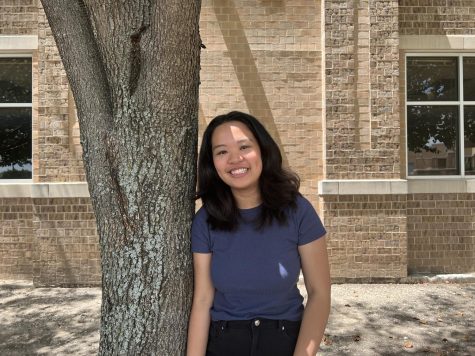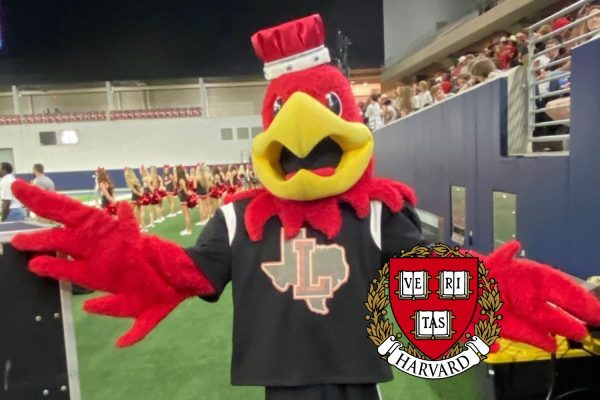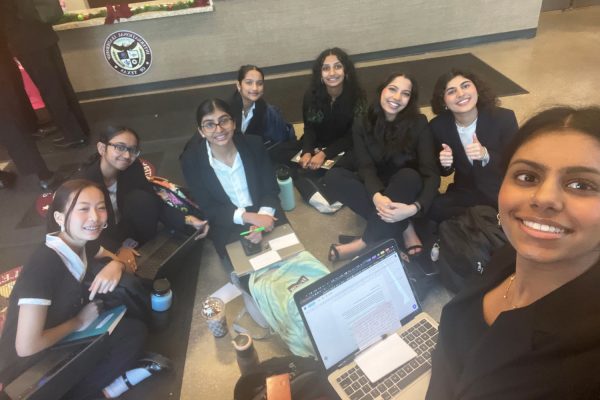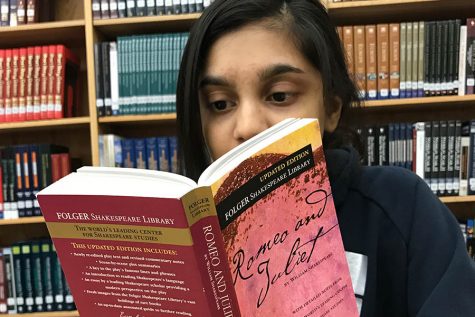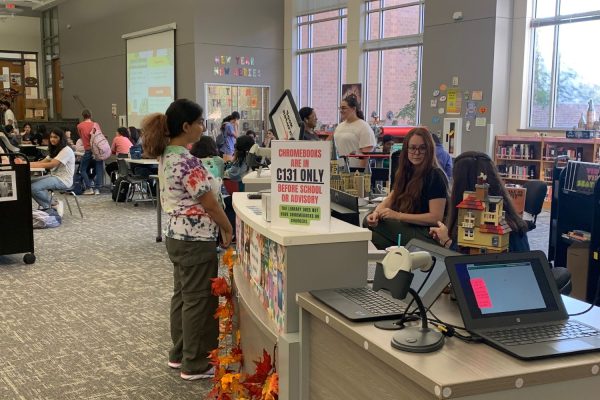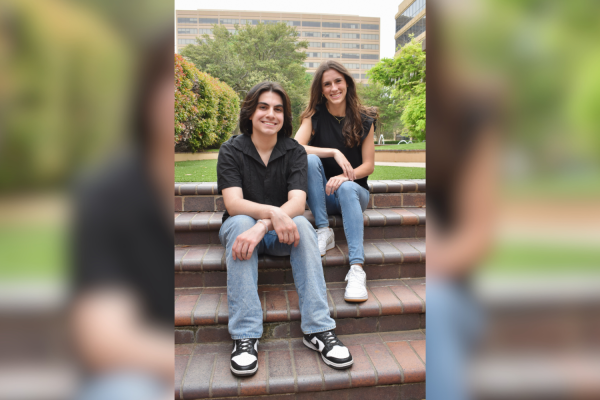Physics adds complexity with coding
Physics has been utilizing coding in order to help visualize orbital motion. Students have mixed opinions on this new coding aspect.
January 25, 2022
Coding is not something most students expected to see in AP Physics 1, but this year, the teachers introduced a block coding project to help students better understand and visualize orbital motion.
“It’s kind of an interesting way of looking at really complex problems,” AP Physics 1 teacher Kenric Davies said. “We don’t get to look at complicated problems very often in our level of physics but eventually, students that go up into higher-level math and higher level physics will encounter this sort of thinking about letting something move and then re-adjusting variables, so it’s a way of solving complex problems a little easier at our level.”
The project also aims to provide a more visual and interactive representation of the physics equations.
“We hope that students see a different way of looking at the physics equation and more application-based,” Davies said. “What sort of motion the equations describe and actually visualizing it and seeing it operate on a level that we wouldn’t necessarily be able to show in a textbook or an image on a screen.”
Although coding helped junior Shannon Christian visualize the content, it did not really enhance her current learning experience.
“Coding in physics is a new thing for me so it’s a bit challenging, but I thought it was an interesting learning process,” Christian said. “It definitely has helped me familiarize myself with the content and orbital motion, but I feel like each person has their own avenues of learning and this was not mine.”
Sophomore Aaron Xu thought the assignment did help better understand the concepts, yet it focused a little more on the coding aspect.
“It was cool to see the concepts we’re learning actually be displayed by us,” Xu said. “Content-wise, it wasn’t super helpful because we didn’t actually have to do a lot of physics, it felt more like a computer science assignment.”
Davies hopes students are able to familiarize themselves with some coding, as it is a relevant skill in many STEM-related fields.
“We hope that they build some skills on the literal coding,” he said. “Because they are going to end up doing that no matter what scientific or mathematical field if they go into one.”



